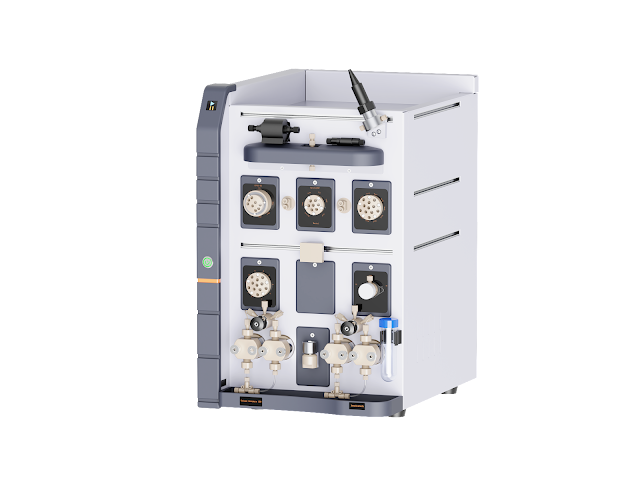Enhancing Protein Research with Protein Purification and Fast Protein Liquid Chromatography
Protein Purification is a critical process in biochemistry and molecular biology and is essential for studying protein structure, function, and interactions. This process involves isolating a specific protein from a complex mixture, such as cell lysates or tissue extracts, to obtain a pure and functional form. The purity and quality of the protein are crucial for downstream applications, including structural analysis, enzymatic studies, and therapeutic development.
Methods of Protein Purification
Several methods are employed in protein purification, each with its advantages and limitations. These methods include affinity chromatography, ion exchange chromatography, and gel filtration. The choice of method depends on the protein's properties, such as size, charge, and binding affinity. Combining multiple purification techniques often results in higher purity and yield. The selection of the appropriate method is vital to achieving the desired purity and activity of the protein.
Role of Fast Protein Liquid Chromatography (FPLC)
Fast Protein Liquid Chromatography (FPLC) is a powerful technique used in protein purification. FPLC systems are designed to handle large volumes and high flow rates, enabling the efficient separation of proteins based on their size and charge. This method is particularly valuable for purifying proteins in large quantities, making it ideal for industrial applications and large-scale research projects. The robustness and scalability of FPLC systems make them indispensable in many labs.
Applications of FPLC
The applications of FPLC extend beyond protein purification. Researchers use FPLC to study protein-protein interactions, monitor enzymatic activities, and prepare proteins for crystallography and NMR studies. The versatility and reliability of FPLC have made it a staple in many laboratories, contributing to significant advancements in protein science. FPLC is also crucial in the production of biopharmaceuticals, ensuring the purity and quality of therapeutic proteins.
Innovations in Protein Purification
The field of protein purification is constantly evolving with new technologies and methodologies. Innovations such as automated purification systems and high-throughput screening tools are streamlining the purification process, making it faster and more efficient. These advancements are enabling researchers to tackle more complex proteins and conduct large-scale studies, pushing the boundaries of protein science.
Conclusion
The integration of protein purification techniques and the use of Fast Protein Liquid Chromatography are essential for advancing protein research. These methods provide the tools necessary to isolate and study proteins with high precision, driving discoveries in biochemistry and molecular biology. For more information on FPLC systems and other lab equipment, visit inscinstech.com.cn. The future of protein research promises further innovations and breakthroughs.
.jpg)

.jpg)

Comments
Post a Comment